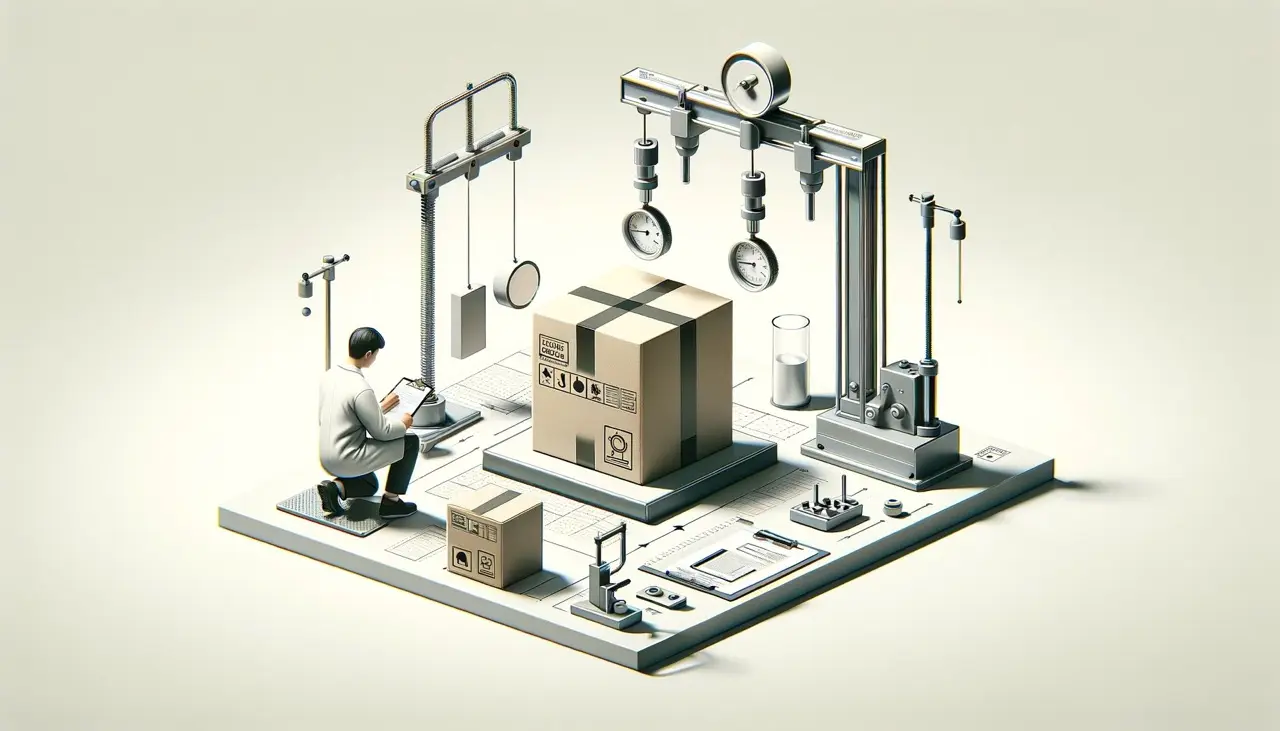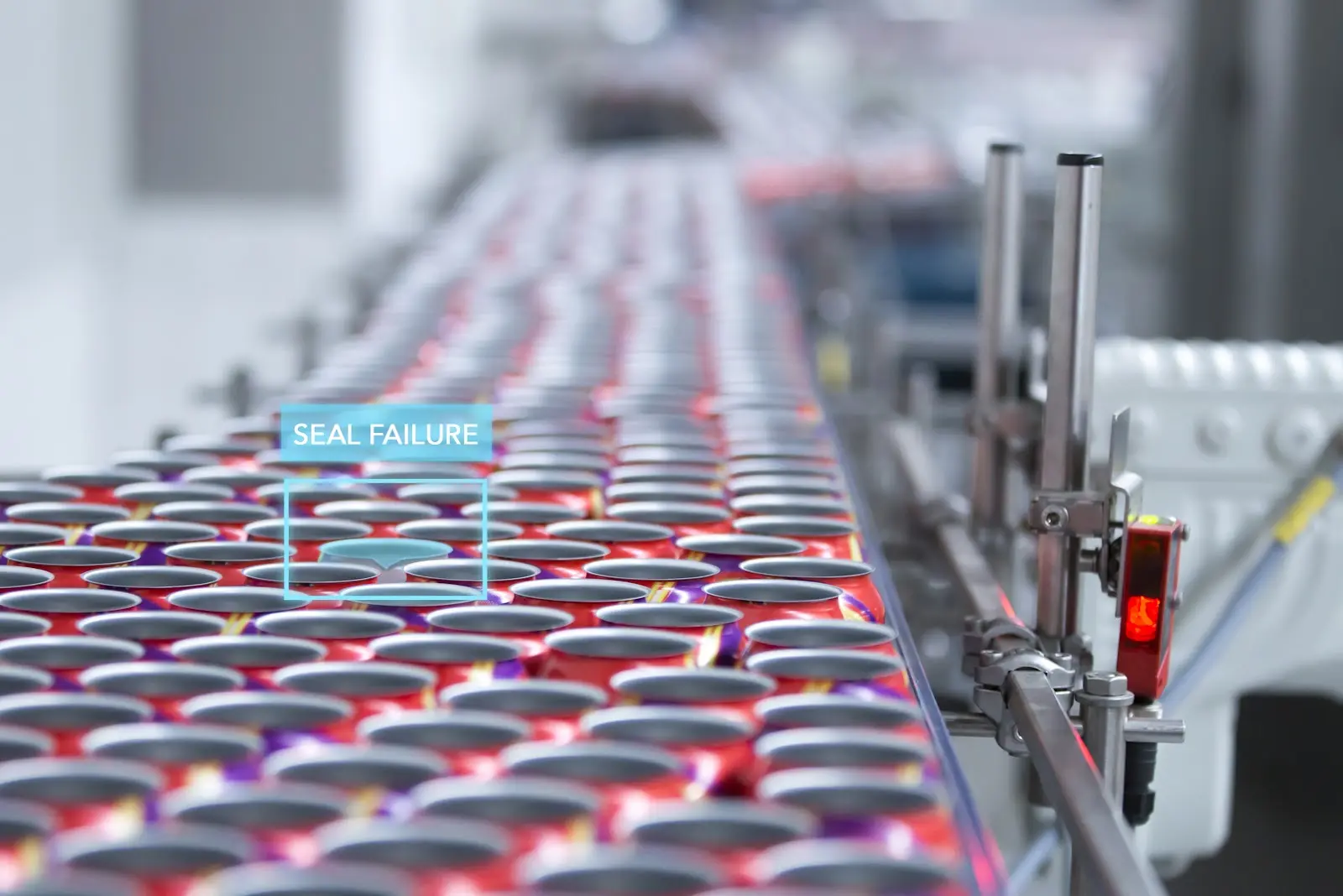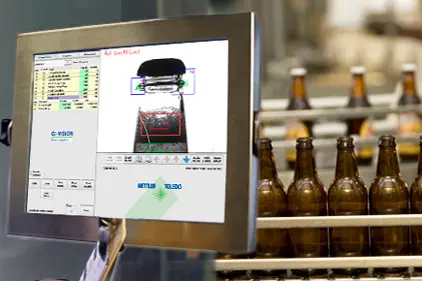Packaging Integrity Check Using Computer Vision

Table of Contents
- Introduction
- How Computer Vision Is Used for Packaging Integrity Checks?
- Advantages of Implementing Computer Vision for Packaging Integrity Checks
- Conclusion
- Frequently Asked Questions
Introduction
In today's globalized world, ensuring the integrity of packaging is crucial. From food safety to preventing product damage, maintaining a robust barrier between product and environment is paramount.
Traditionally, packaging inspection relied heavily on manual labor, a process prone to human error, fatigue, and inconsistency.
However, advancements in computer vision (CV) technology offer a powerful and reliable alternative for packaging integrity checks.
How Computer Vision is used for Packaging Integrity Checks?

Computer vision, a field of artificial intelligence (AI) that enables machines to interpret and analyze visual information, offers a transformative approach to packaging integrity checks.
By using the power of computer vision algorithms and high-resolution cameras, manufacturers can automate and streamline the inspection process with unprecedented accuracy and efficiency.
Packaging integrity check using computer vision involves inspecting and verifying the quality and integrity of packaging materials, such as containers, boxes, bottles, or pouches, using advanced computer vision technology.
This approach involves capturing images or videos of the packaging with cameras and then analyzing these visuals with specialized algorithms to identify any defects, damages, or deviations from the desired standards.
The process involves the following steps:
Image Acquisition
High-resolution cameras are strategically positioned along the packaging line to capture images of the packages. Multiple cameras may be used to capture different views or angles of the packaging for comprehensive inspection.
Image Preprocessing
Raw images captured by the cameras undergo preprocessing to enhance their quality and suitability for analysis. Preprocessing techniques may include noise reduction, contrast enhancement, and image normalization.
Feature Extraction
Computer vision algorithms extract relevant features from the preprocessed images to facilitate defect detection. Features may include texture, color, shape, edges, and spatial relationships within the packaging.
Defect Detection
Various algorithms, such as convolutional neural networks (CNNs) or deep learning models, are employed for defect detection.
CNNs analyze image patches or regions to identify patterns indicative of defects, such as tears, wrinkles, or misalignments.
These models are trained on large datasets of labeled images to learn the characteristics of both acceptable and defective packaging.
Classification and Segmentation
Detected defects are classified based on predefined criteria, such as defect type, severity, or location. Segmentation techniques may be used to precisely delineate the boundaries of defects within the packaging.
Decision Making
Based on the classification and segmentation results, decisions are made regarding the disposition of each package.
Automated decision-making algorithms determine whether a package meets quality standards or requires further inspection or rejection.

Advantages of Implementing Computer Vision for Packaging Integrity Checks
Enhanced Accuracy
Computer vision systems can detect even the slightest abnormalities or defects in packaging, ensuring that no compromised products slip through the cracks.
Whether it's a tiny tear, a misplaced seal, or a labeling error, these systems are trained to identify deviations from the standard, minimizing the risk of defective products reaching consumers.
Increased Efficiency
Automating packaging integrity checks with computer vision significantly reduces the time and resources required for inspection. Unlike manual inspection methods, which are labor-intensive and prone to human error, computer vision systems operate at lightning speed, swiftly scanning and analyzing numerous packages per minute without compromising accuracy.
Cost Savings
While the initial investment in computer vision technology may seem substantial, the long-term cost savings are undeniable.
By minimizing the need for manual labor and mitigating the risk of product recalls due to packaging defects, manufacturers can realize significant cost reductions and enhance their bottom line.
Real-time Monitoring
Computer vision systems enable real-time monitoring of packaging integrity throughout the manufacturing and distribution process.
By continuously analyzing packaging quality at various checkpoints, manufacturers can promptly identify and address any issues, preventing potential bottlenecks or disruptions in the supply chain.
Adaptability and Scalability
One of the key advantages of computer vision technology is its adaptability to diverse packaging types, shapes, and materials.
Whether it's rigid containers, flexible pouches, or irregularly shaped packages, computer vision systems can be trained to recognize and inspect a wide range of packaging formats.
Additionally, these systems are highly scalable, capable of accommodating fluctuations in production volume without compromising performance.
Conclusion
In conclusion, using computer vision for packaging integrity checks represents an advancement in manufacturing and quality control.
By using the capabilities of AI and machine learning, manufacturers can enhance accuracy, efficiency, and cost-effectiveness while ensuring the integrity of their products.
As technology continues to evolve, we can expect to see even greater advancements in the field of computer vision, further revolutionizing the way we inspect and safeguard packaging in the years to come.
Frequently Asked Questions
Q1) What is Packaging Integrity Check using Computer Vision?
Packaging Integrity Check using Computer Vision is a process wherein advanced computer vision technology is employed to inspect and verify the quality and integrity of packaging materials.
It involves capturing images or videos of packages with cameras and analyzing them using specialized algorithms to detect defects, damages, or deviations from quality standards.
Q2) How does Computer Vision detect defects in packaging?
Computer vision algorithms analyze visual features such as texture, color, shape, and spatial relationships within the packaging to identify anomalies or defects.
Techniques like convolutional neural networks (CNNs) are commonly used to recognize patterns indicative of defects, such as tears, wrinkles, misalignments, or missing labels.
Q3) Can Computer Vision systems handle different types of packaging materials and shapes?
Yes, computer vision systems are designed to be adaptable to various packaging materials, shapes, and sizes.
Whether it's rigid containers, flexible pouches, bottles, or boxes, the system can be configured and trained to recognize and inspect different types of packaging formats.

Simplify Your Data Annotation Workflow With Proven Strategies
.png)


